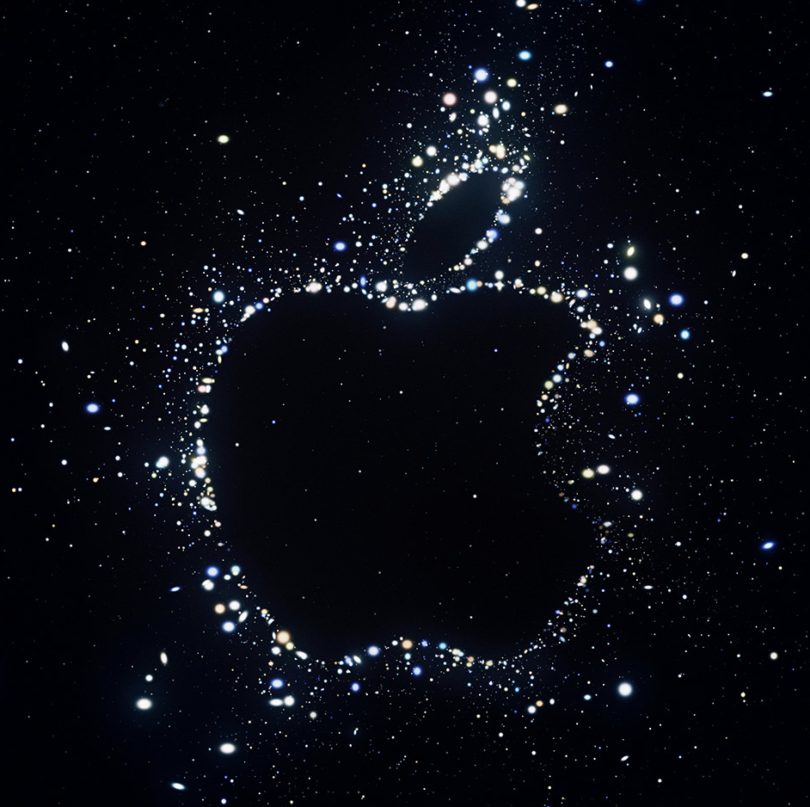Next Wednesday, September 7, Apple will release their brand new iPhone 14 models as well as their new Apple Watch Series 8. There are literally millions of people ready to upgrade to them, without even knowing any of the features for sure yet. But, there is reported to be one feature that could be great for travelers, adventurers, and others who are outside of cellular range.
New iPhone 14 Could Have Satellite Features
Last year, there were rumors that satellite connectivity could be coming to the iPhones. Now, according to noted Apple analysts, the hardware is ready and there is no technical reason that satellite connectivity will not be available on the iPhone 14.
So, is satellite capability something to get excited about? There are a couple of reasons this could be huge but it would also be limiting so let’s take a look at that.
Current Satellite Communication Devices
At present, you can buy a satellite phone but they are typically clunky and subscriptions/usage is not cheap. Plus, you are only likely to carry one when you are going to be in no-man’s land. These satellite phones use LEO – low earth orbiting – satellites that allow those signals from the phones to be picked up and relayed into ground based networks.

Mountain climber using walkie-talkie on mountain peak
But, there is a reason that these phones are bulky. The antennas needed for satellite capability are different than the antennas for terrestrial systems. This means that, while Apple can hide the antenna bands in their iPhone bodies, Apple would need to come up with some other kind of system to include the satellite antenna. These antennas are typically like the old time smartphones with a knobby antenna coming from the top and that is very un-Apple. I mean, a notch is about as far as Apple can push the odd-aesthetic with their fans!
By the way, notice in the featured image, which is Apple’s invite to the event. Many speculated that this could be a message about astro-photography features for the camera but many are now thinking that this could also refer to Apple’s satellite connectivity features.
First Use – Emergency
Let’s get to the use. The latest reports say that the first use case for this technology in iPhones will be that of emergency needs. Users would be able to send an emergency SMS or make a emergency phone call for things like plane crashes, etc. This early stage would not open up the satellite links for regular communications. It would be something reserved for emergencies.
Given the time we live in, this could be a huge help for Apple to bring in more users. If a satellite device is something that people would need (for example, adventurers, explorers, etc), they would have to buy a device and then pay for a subscription just to use it. If Apple is able to bring this tech onboard, these users could buy an iPhone and have one device for everything. However, these satellite devices typically have very good battery life vs an iPhone so someone out in the wild would want backup power.
This is where this satellite capability is currently headed. Apple is reported to be working out details for a launch partner to offer emergency texts/calls to be sent to emergency services. They may also expand that to allow these messages to be sent to certain contacts in your phone.
This capability would be something that would be used if you do not have access to cellular connectivity. So, it would likely be rarely used but, like many Apple features, when it is used, owners will be tremendously grateful for it.
According to reports, Apple is only currently held back on the business details – that is securing a launch partner. But, Apple is used to these getting-under-the-wire type deals. Back when they released the Apple Watch with the EKG function, they were literally working on that the day before the reveal with the US FDA.
Second Use – Backup Communications Network
For future iterations of the technology, Apple could allow it to be used when 4g/5g signals are not possible. This is the part that could be great for travelers (provided Apple opens it worldwide as the first run at it could be limited to certain countries, due to laws and licensing). If you are traveling in some places of a foreign country where there is no cellular capability, having access to satellites could be a huge help and make people feel more comfortable in their travels.
The funny thing is that T-Mobile and SpaceX could have stolen a little thunder from Apple on this one. Last week, they announced a new batch of satellites that will bring satellite connectivity to most of T-Mobile’s phones later next year. This means that this is something that is happening whether Apple brings it or not. So, look for Apple to try and “Apple-it-up” a bit to release something that may be more appealing to their own customers.
Bottom Line
Next Wednesday, Apple will reveal their new iPhone 14 phones. Whether it gets talked about or not during the presentation, reports say that the hardware is there that will let these new phone users send emergency messages via satellite when out of range of cell towers. The only thing that stands in the way about whether we hear about this new hardware feature or not is whether Apple can negotiate something with a provider.
But, either way, we are likely just a few years away from satellite connectivity for cellular phones to be at a far greater use case than now and not something just reserved for emergencies, either!








